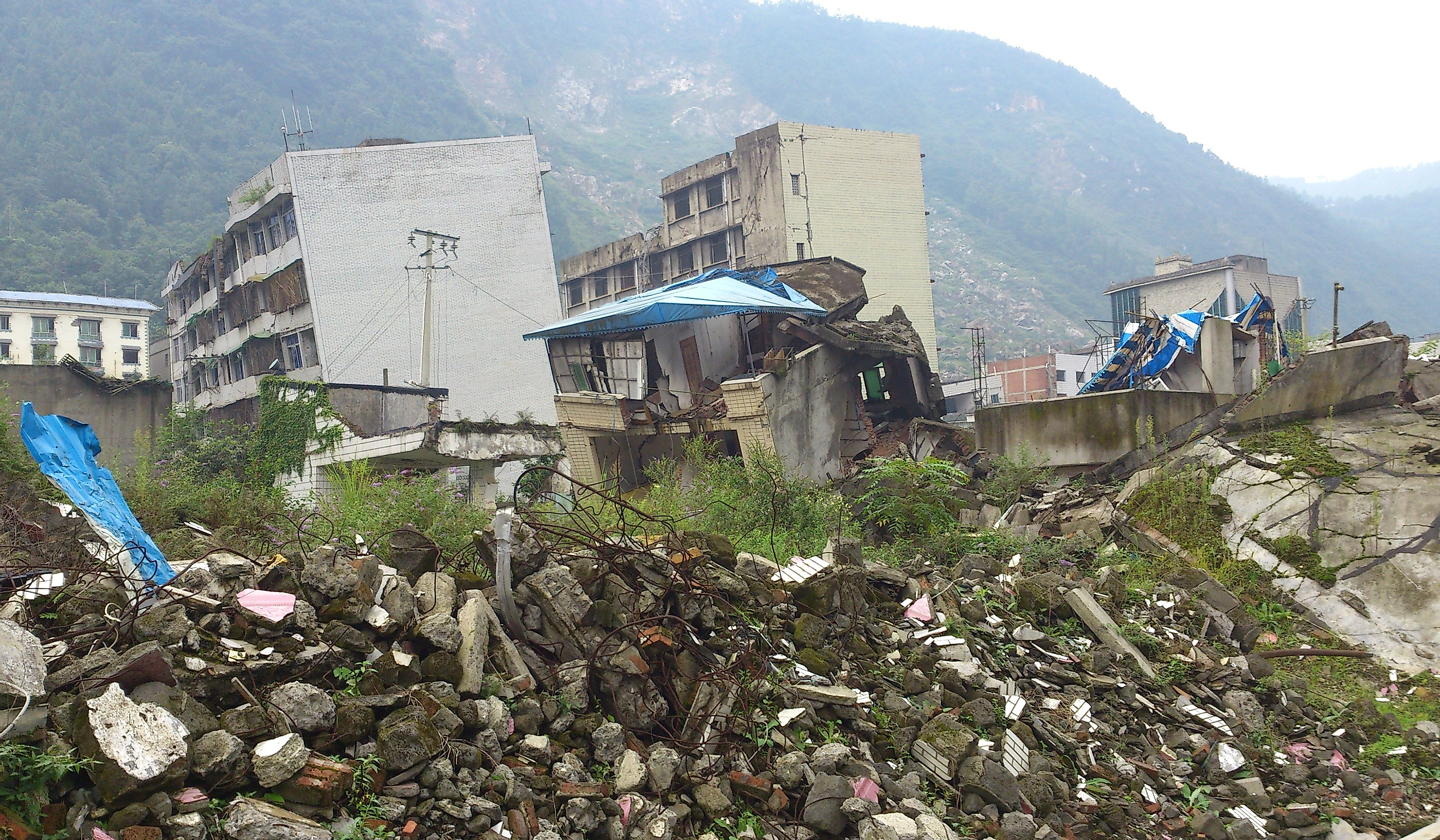
5 Human Activities That Can Cause Earthquakes
Earthquakes are constantly occurring across the globe. In fact, according to JPL at NASA, the earth experiences about 55 earthquakes a day, or 20,000 a year. However, of these 20,000 earthquakes, only about 16 are typically classified as major. Tectonic plate movement and fault lines cause the majority of these earthquakes, as plates colliding and sliding under one another cause the earth’s crust and ground to shake.
However, a small percentage of these earthquakes are manmade. In the past 150 years, geophysicists have identified over 730 earthquakes to be caused by human activities. The reasons for these man-made earthquakes can largely be attributed to mining, fracking, wastewater disposal, dam construction, and geothermal energy production.
Mining
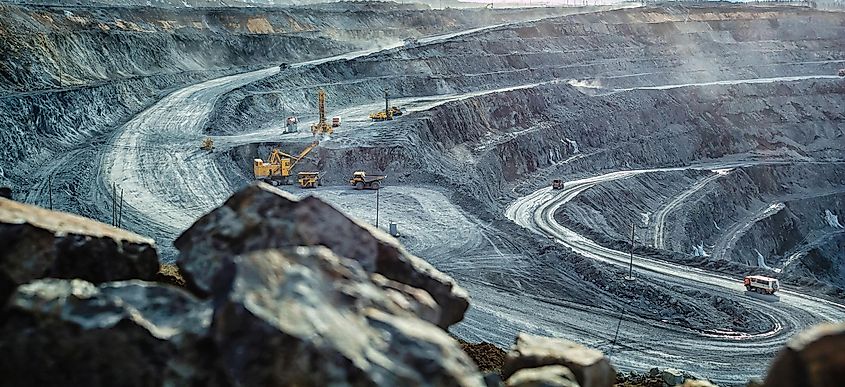
Mining is the most common earthquake trigger, contributing to approximately 37% of man-made quakes. Around the world, many earthquake groupings have been registered as happening near 271 mining sites. Mine excavations alter the natural state of the earth’s crust, causing rocks to emit seismic pulses. Removing material from the Earth also causes instability in the ground, sometimes resulting in sudden, powerful collapses that end in seismic activity and occasionally even earthquakes.
In 1989, an earthquake with a magnitude of 5.6 struck Newcastle, Australia, killing 13 people, injuring 160, and causing approximately four billion dollars of damage to 3,000 buildings, 147 schools, and 35,000 homes. According to a study by Columbia University, 200 years of deep underground coal mining triggered changes in tectonic forces and ultimately caused the grave earthquake.
Fracking
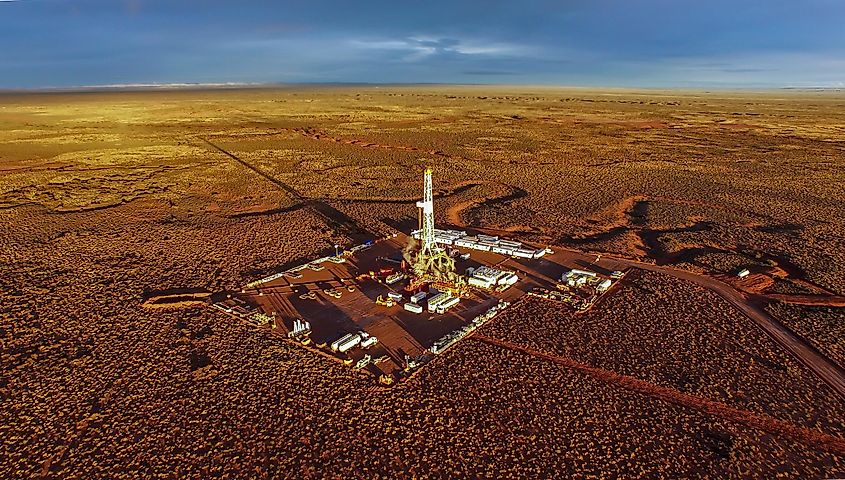
Fracking, or hydraulic fracturing, injects high-pressure streams of water, sand, and chemicals into the ground to crack rock formations, causing previously trapped oil and gas to surge through the cracks and up to the surface. Although the concept of fracking dates back to 1862, the fracking process began to boom at the start of the 21st century, with the discovery of a new, more efficient fluid called slickwater paired with an improved drilling technique, known as horizontal drilling. Currently, more than 1.7 million wells have been used for fracking to extract gas and oil in the United States.
Fracking intentionally triggers microearthquakes (magnitudes less than one) to increase the ground’s permeability. However, this process has been linked to some larger earthquakes as well, such as an earthquake in Texas with a magnitude of 4. In Oklahoma, the state with the most man-made induced earthquakes, 2% of earthquakes can be directly attributed to hydraulic fracturing. While fracking does not directly contribute to a large number of man-made earthquakes, water disposal following fracking is a much larger culprit.
Water Disposal From Fracking
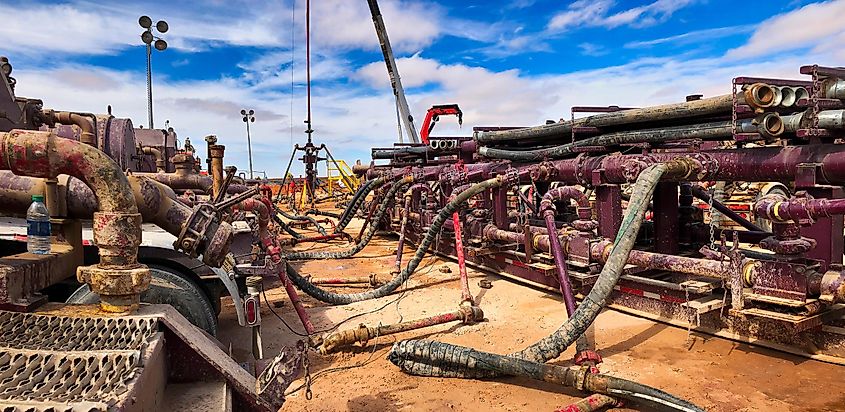
As the fracking well operators extract oil and gas from the ground during the fracking process, brackish, salty water surges up to the surface as well. The operators must dispose of this salty, polluted water to avoid contaminating freshwater sources. Typically, the cheapest way to do so is by injecting it deep in underground wells, beneath aquifers and other drinking water sources. This injection process is linked with larger, more damaging earthquakes than the fracking process itself.
A study from Arizona State University found that earthquakes could occur for more than 6 years following wastewater injection, due to the water continuing to sink and increase in pressure, causing ongoing instability and seismic activity. The largest earthquake caused by water disposal occurred in Pawnee, Oklahoma in 2016 and had a magnitude of 5.8 This is the largest earthquake recorded in Oklahoma, with various buildings and homes experiencing damage and one injury reported as a result.
Dam Construction
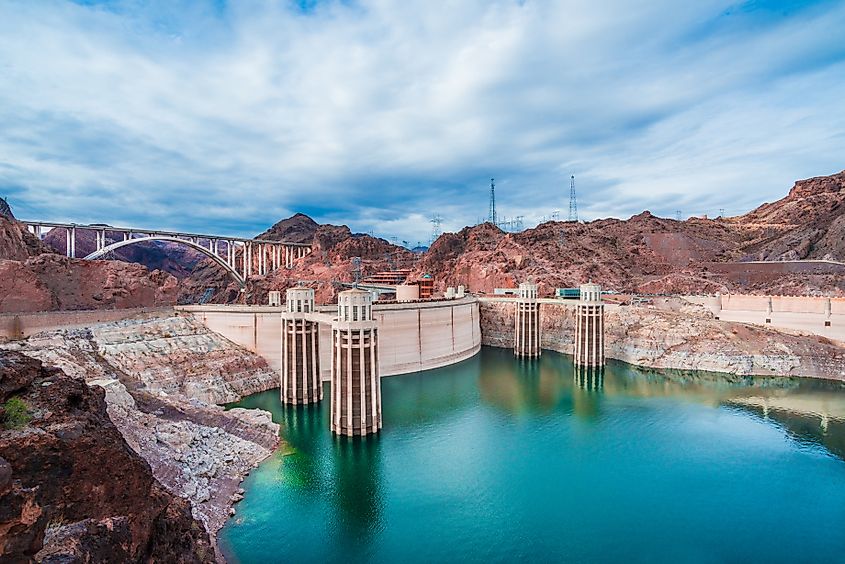
Dams contribute to approximately 23% of man-made earthquakes. The reservoirs near dams have micro-fissures and cracks in the ground. Water pressure from the dam enters these microcracks, increasing the water pressure in underground rocks and lubricating faults that friction had previously maintained static. This lubrication results in tectonic movement, thus causing seismic activity and earthquakes. There are many examples of damaging earthquakes occurring due to dam construction.
In the United States, Hoover Dam construction resulted in several hundred little tremors during the 1940s. The Oroville Dam in California also caused a 5.7 earthquake in 1975. Additionally, many scientists believe that the Zingingpu Reservoir in Sichuan, China, activated a nearby fault line and caused a devastating earthquake of 7.9 in 2008, resulting in at least 90,000 people dead or missing and nearly 375,000 injuries.
Geothermal Energy Production
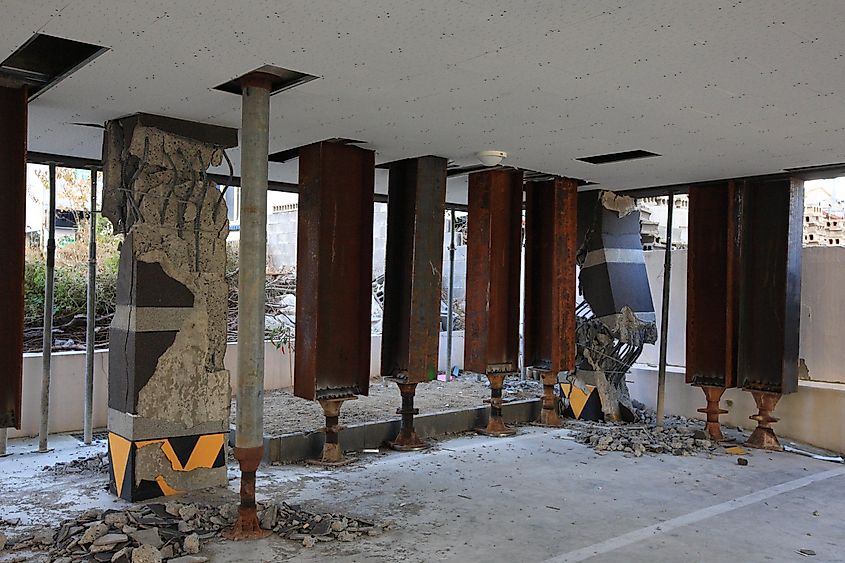
Geothermal energy, a renewable resource, is heat that is generated under the earth from the earth’s core. Geothermal energy operators can capture the heat and use it directly for heat or convert steam into electricity. Generally, operators can access geothermal heat by drilling. The exact methods for this extraction vary by location and country. Iceland, for example, can easily access hot water underground that they can use as a dependable source of energy. Contrarily, in the United States, operators must drill to extract the energy through a more complicated and expensive process.
While the drilling itself for this energy does not cause earthquakes, many seismologists believe that removing the steam and water from the ground can cause instability in the surrounding rock and thus induce earthquakes. In 2017, a geothermal energy project triggered a 5.5-magnitude earthquake in Pohang, South Korea. This catastrophic event injured dozens and forced over 1,700 residents to evacuate to emergency housing. Scientists continue to analyze how they can reduce flaws in this energy production method to prevent damaging earthquakes.
Final Thoughts
While natural tectonic activity accounts for the majority of earthquakes, human activities also contribute to global seismic events, especially in the past couple of decades. Mining operations, dam construction, hydraulic fracturing (fracking), wastewater disposal from this fracking, and even geothermal energy production have been identified as triggers for earthquakes. These activities disrupt the Earth's natural equilibrium, leading to ground instability and seismic events, often with devastating consequences. Continuing to study these man-made activities and their impact on seismic activity is critical in being able to minimize the occurrence of earthquakes, ultimately safeguarding communities and infrastructure from unnecessary destruction.











